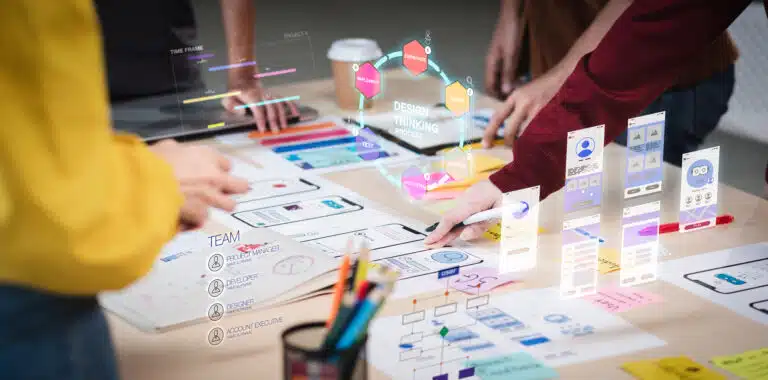Job opportunities
UI designers enjoy numerous professional opportunities in various fields. They can work in design agencies, technology companies, software development studios and more. Opportunities include:
● Design Agencies:
Working for agencies specialising in user interface design, collaborating on projects for a wide range of clients.
● Technology companies:
Being employed by technology companies, including those focused on software development, mobile apps and online platforms.
● Start-up:
Join growing start-ups, helping to shape the look and feel of their innovative solutions.
● Health and Education Sector:
Work in sectors such as healthcare and education to design intuitive user interfaces for specific apps and platforms.
● E-commerce:
Working with e-commerce companies to improve the usability of their online sales platforms.
● Government Entities:
Find opportunities in government agencies or non-profit organisations, contributing to the design of online applications and services for citizens.
● Freelance consultancy:
Offering freelance consultancy services, working on independent projects for a variety of clients.
● Training and Education:
Become a trainer or teacher in the field of UI design in educational institutions or through online courses.
● Digital Marketing Agencies:
Working with digital marketing agencies to improve the visual appearance and user experience of digital campaigns.
● Software development:
Working closely with software development teams, contributing to the design of user interfaces for desktop or web applications.
The wide adoption of digital technologies and the increasing importance of user experience are constantly creating new job opportunities for UI designers in various sectors.



